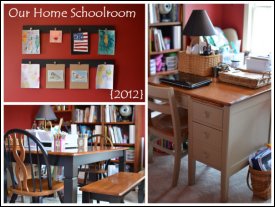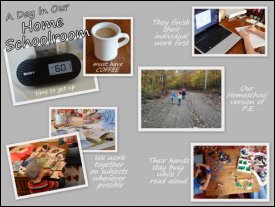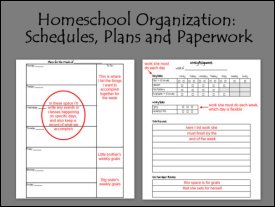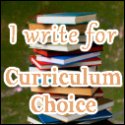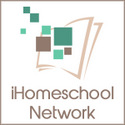Squirrel Nature Study
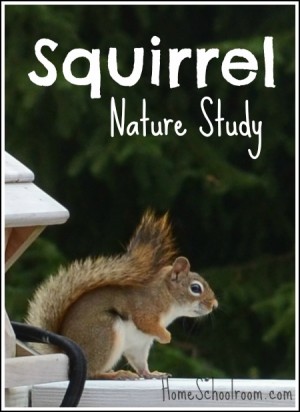
We have fallen in love with a squirrel who frequents the bird feeder on our deck. It’s rare to see squirrels or chipmunks in our neighborhood. Perhaps it is because we lack really old trees…or maybe it’s our abundance of outdoor cats. So our one backyard squirrel has become like a treasured pet.
Learning About Squirrels
One of the Outdoor Hour Challenges this month from Barb at the Handbook of Nature Study blog was a squirrel study, so it was a perfect time to do a more formal study of our favorite squirrel.
- We watched two videos Barb linked to on an older squirrel post. The first showed a squirrel’s acrobatic abilities, and is why my kids are requesting I install some sort of tightrope so our squirrel can cross safely from the trees to the deck out of the reach of cats.
- In addition to information and links from Barb, we learned about squirrels from the Handbook of Nature Study by Anna Botsford Comstock (a must-have nature study reference book).
- We checked out an older book from the library called The World of Squirrels.
- If your children are fans of the PBS show WildKrats check out the gray squirrel episode available on Netflix. My son loves the WildKrats and learns a lot from their show.
Studying Our Backyard Squirrel
Let me introduce you to Nutty. (Creative name, I know.) He’s a North American Red Squirrel. He’s smaller than a gray squirrel and very cute–don’t you agree?
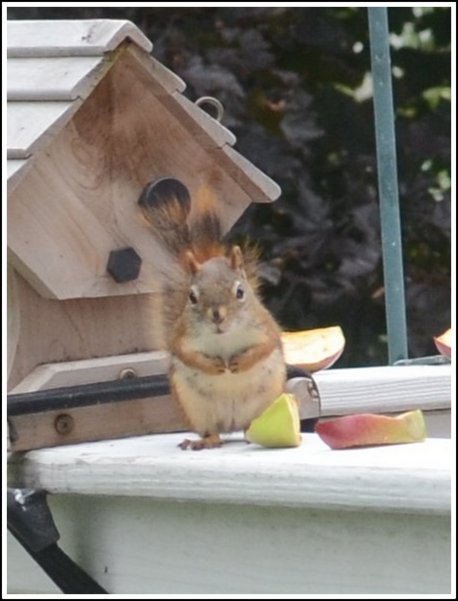
He spends lots of time tucked under the roof of our bird feeder eating sunflower seeds. He’s also tried peanuts and apples, though I would say the sunflower seeds are still tops for him. We read about squirrels eating the seeds from cones, leaving a pile of scales and remembered seeing little piles of scales and stripped pine cones on hikes this summer.
This week my son picked up a couple dozen acorns from a large oak tree on our walk and placed them all over the deck. Once Nutty discovered them he spent time busily grabbing acorns and burying them around our yard and garden.
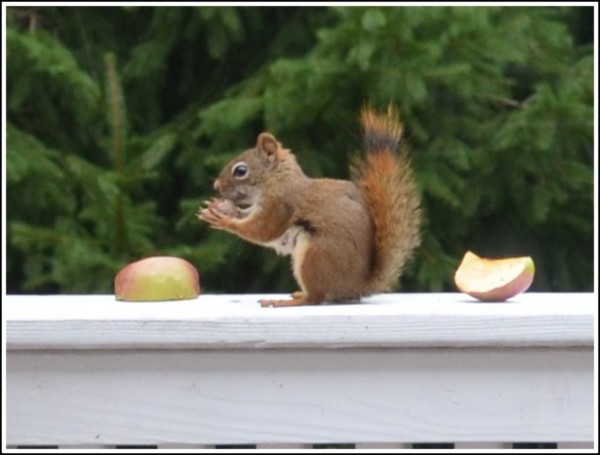
It was entertaining viewing: he’d grab one in his hands, place it in his teeth (squirrels don’t have cheek pouches like chipmunks), dash to what seemed like a predetermined spot (no searching around, just run right to it), dig furiously with his front legs, bury the acorn, then run back to a large spruce tree in our backyard that we think is his home.
Then he’d repeat the process: always running from the spruce tree across the swing set top, down the leg of the swing set, across the lawn to the maple tree, then across the lawn up onto the deck.
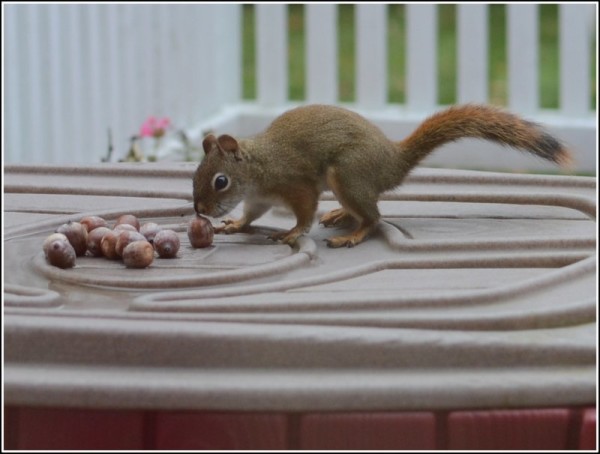
We learned that squirrels do not hibernate, but must eat regularly in winter. We look forward to seeing our little friend and making sure he has enough to eat through this winter that forecasters are predicting will be extra cold…if that holds true for Maine Nutty may need our help! We’re also wondering if Nutty will lose the black stripe on his side in the winter, since we read the black stripe is present only in the summer.
Adding Squirrels to our Nature Notebook
We recorded all that we learned on Barb’s free squirrel notebooking page (link to download is in the OHC post called “2009 set”). Part of the notebook page is recording the tracks. We read about the tracks in the Handbook of Nature Study, and looked online for an image of squirrel tracks. We remembered seeing squirrel tracks in fresh snowfall on a woods walk last winter.
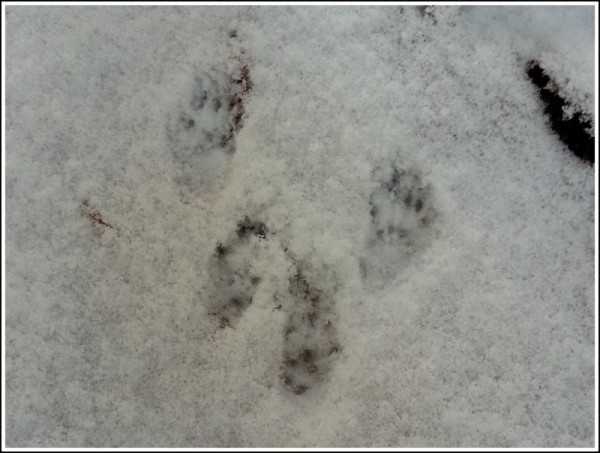
I’ll leave you with a conversation my son and I had this morning about Nutty. My son was wondering aloud if Nutty had a wife. Then he had another thought:
Or maybe he thinks: I’m not going to get married, then she’ll take all my nuts!”
My husband found this extraordinarily funny.

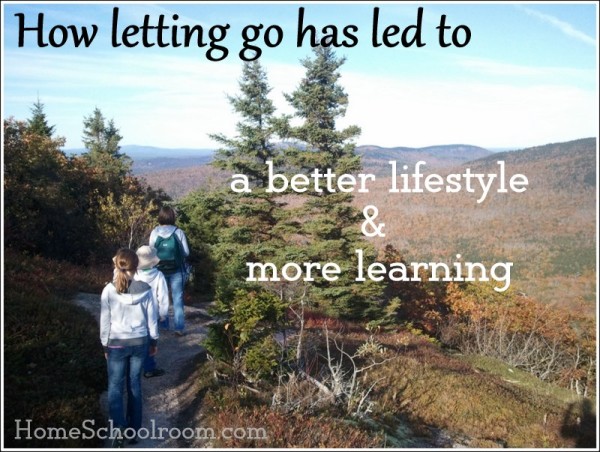
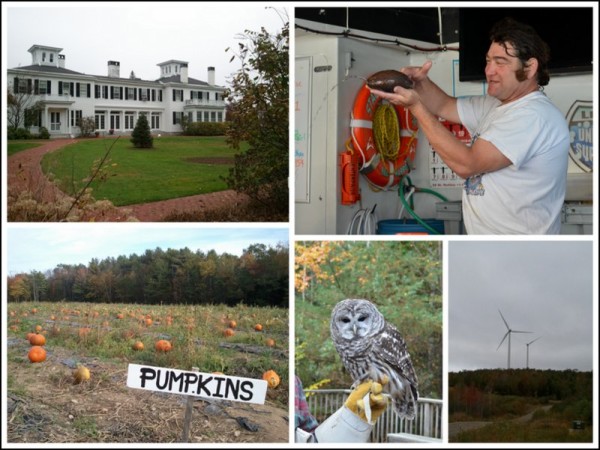
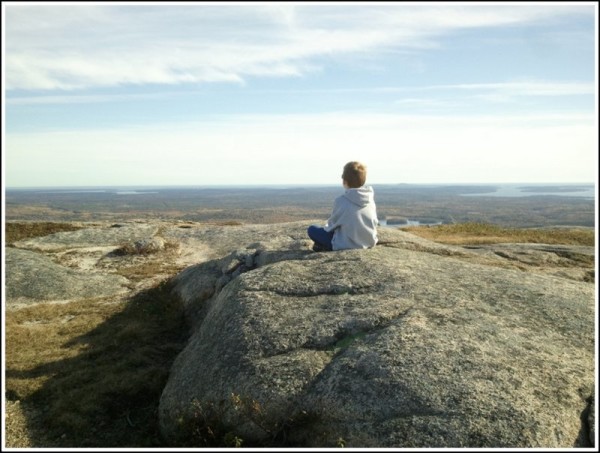
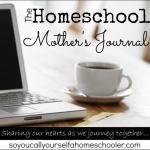


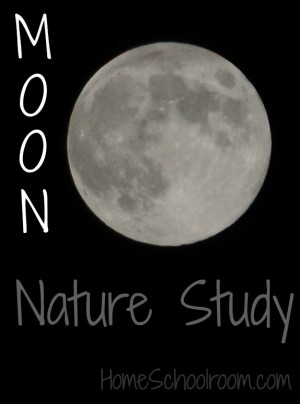
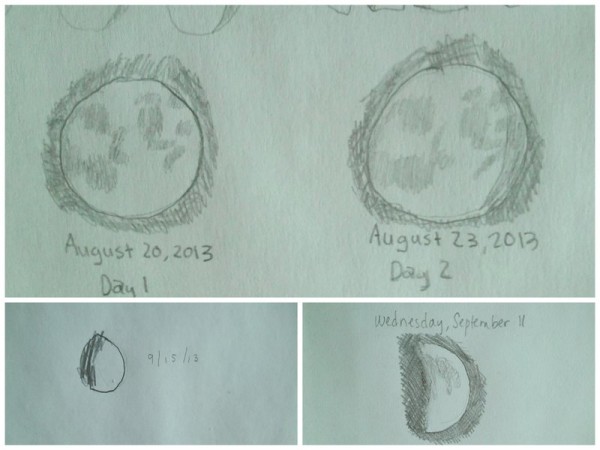
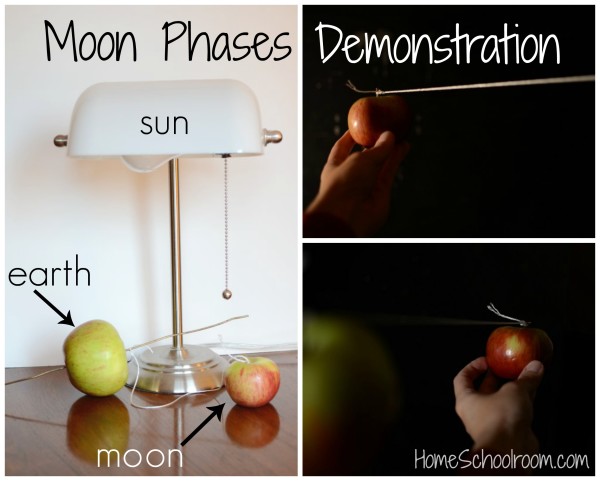
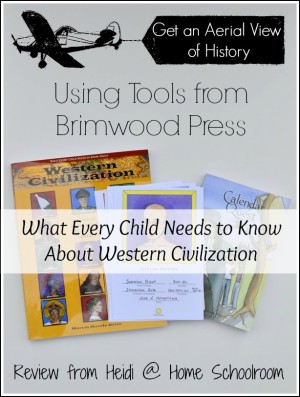
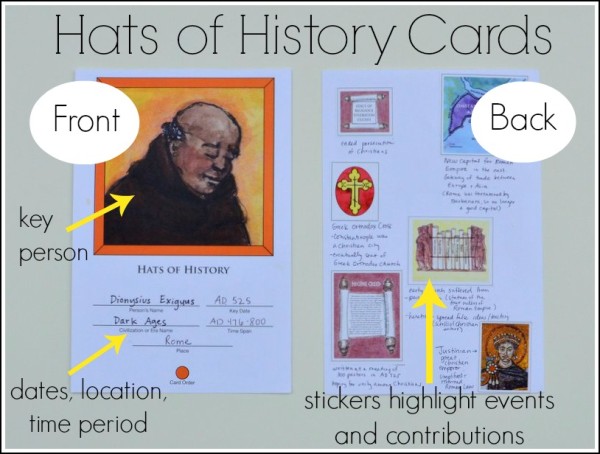
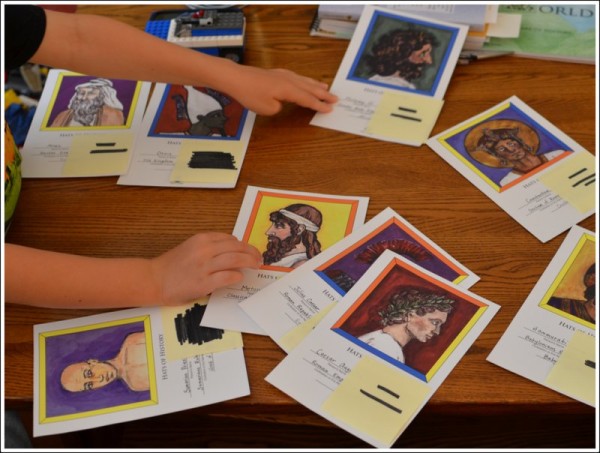
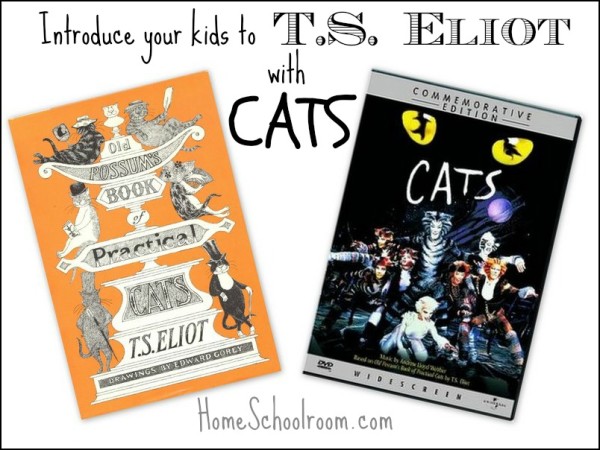
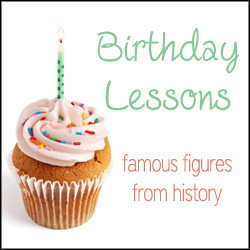
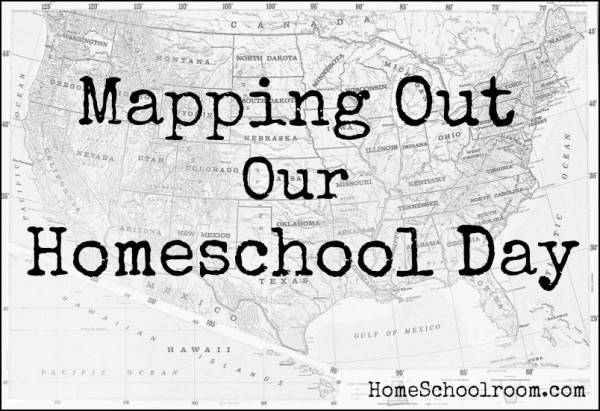
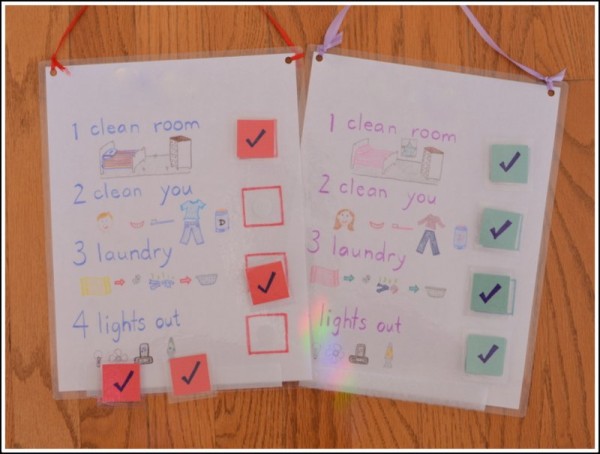
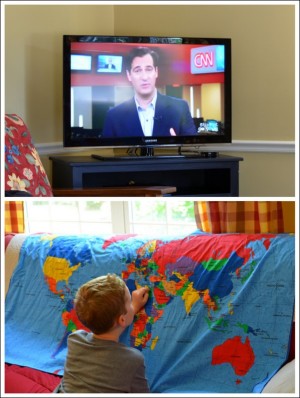

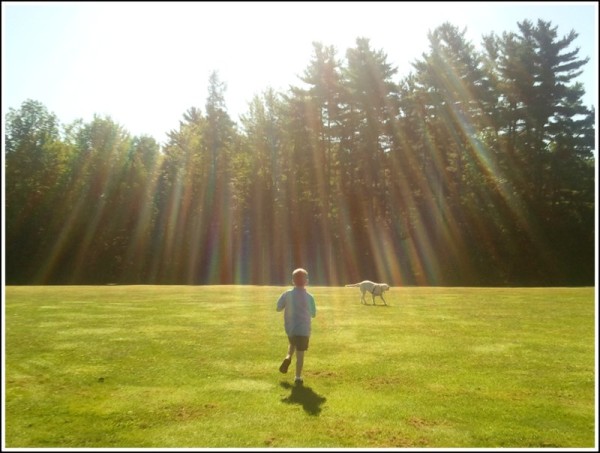
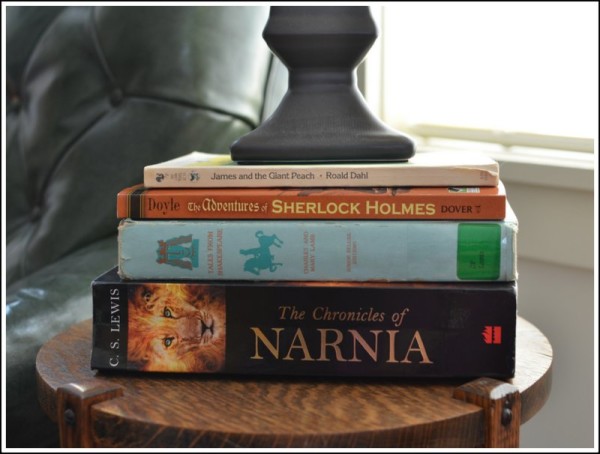
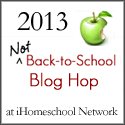
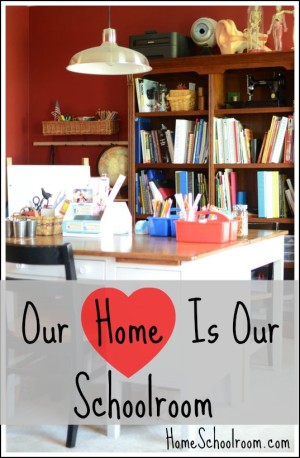
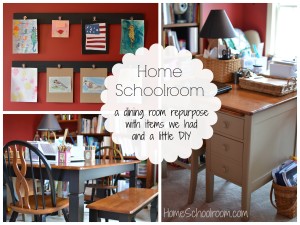
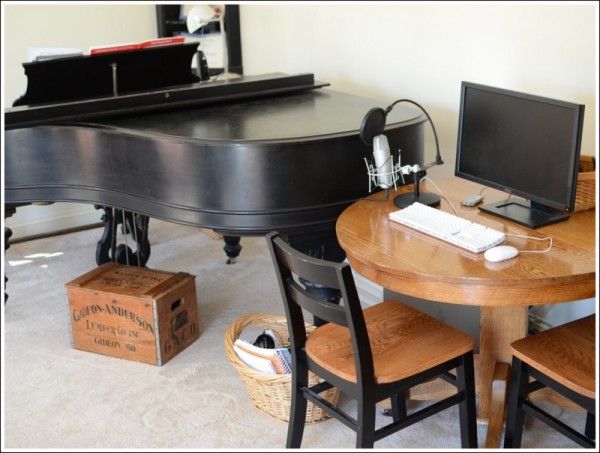
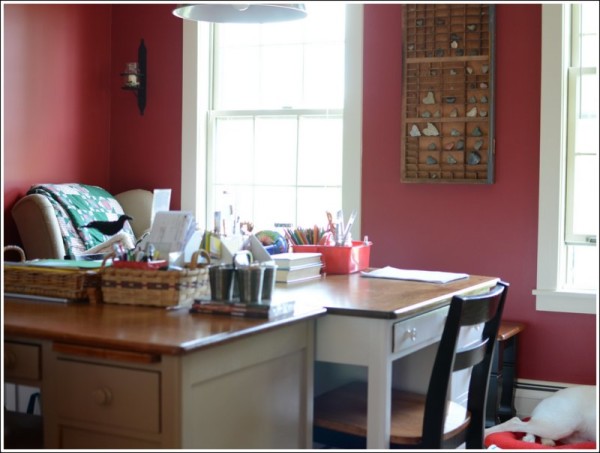
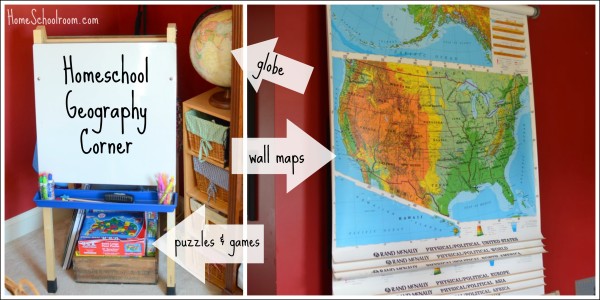
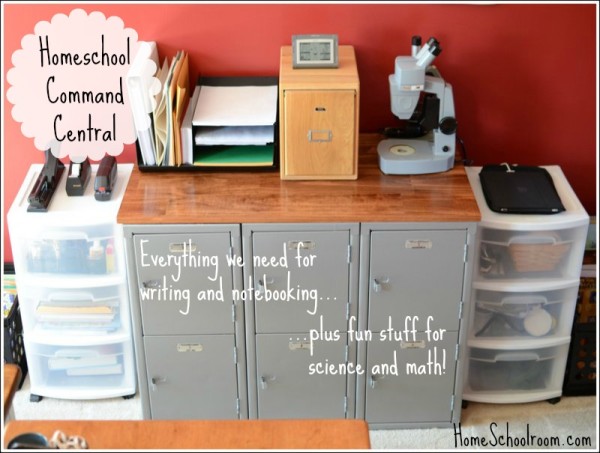
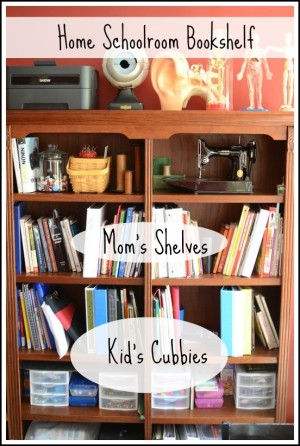
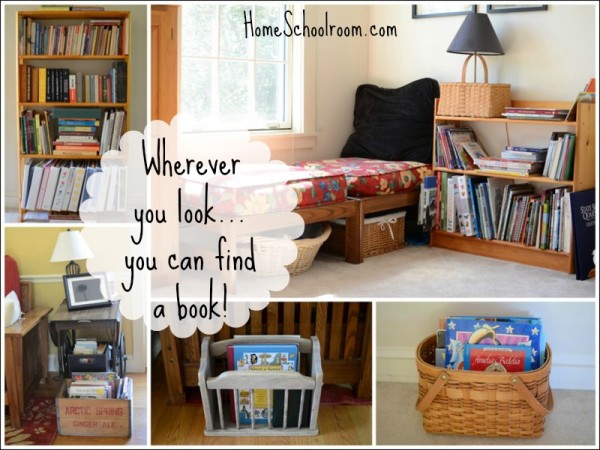
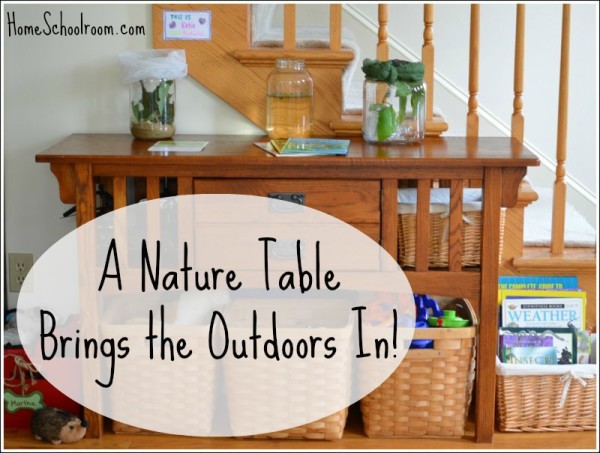
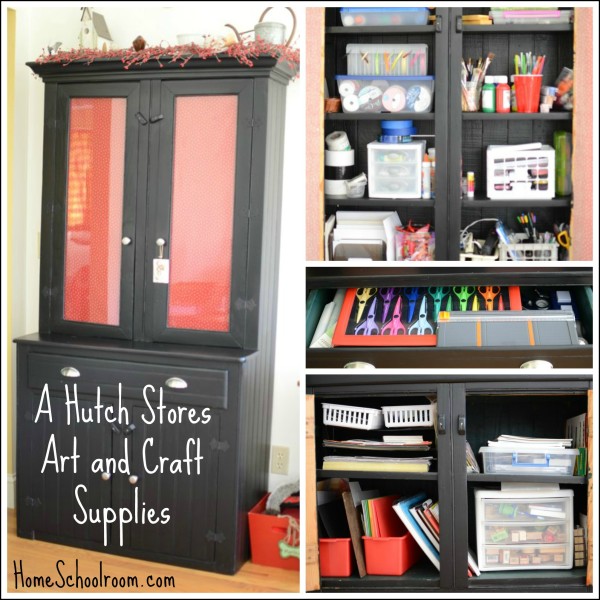
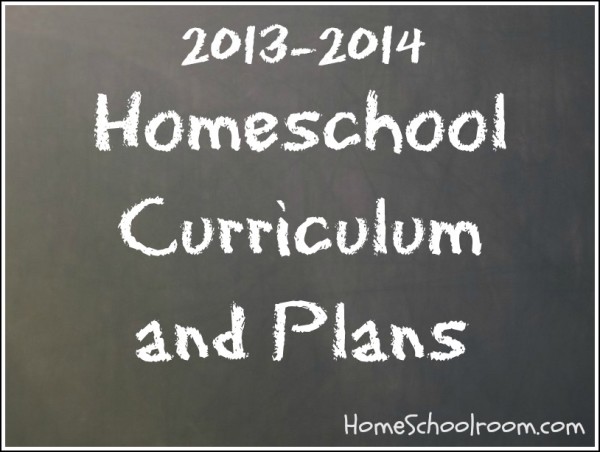
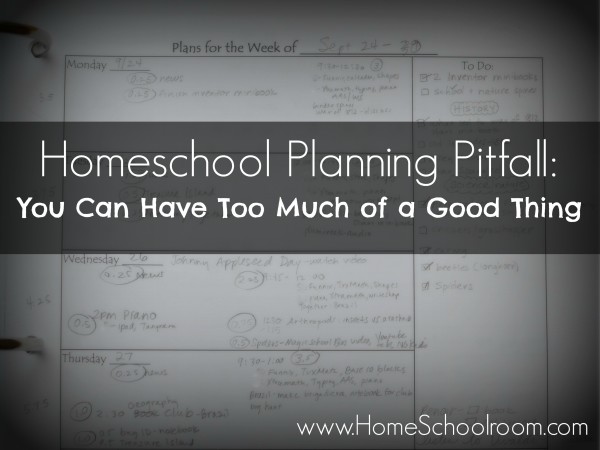
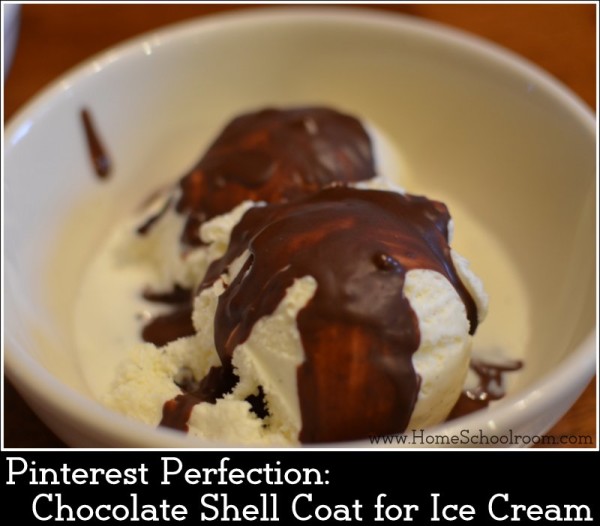
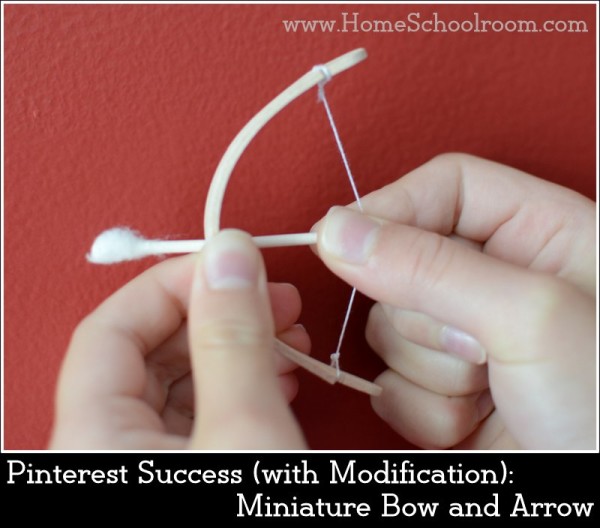
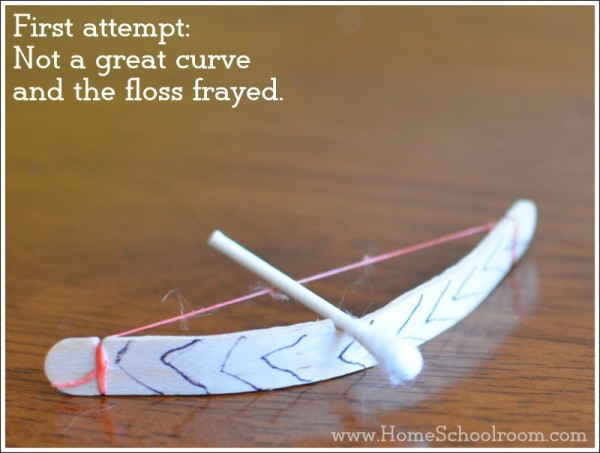
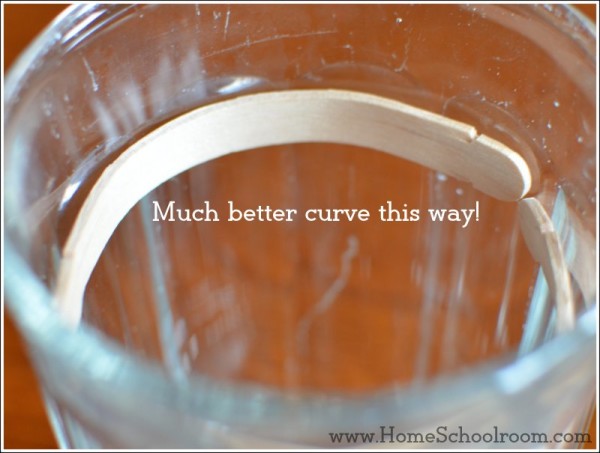
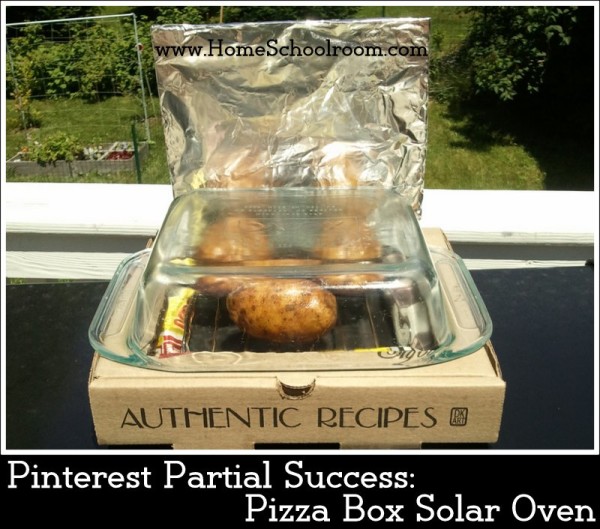

 Hi, I'm Heidi and I homeschool my two sweet kids. I want them to know that learning is an exciting lifelong adventure! We love great books, unit studies, notebooking, lapbooking, and hands-on learning.
Hi, I'm Heidi and I homeschool my two sweet kids. I want them to know that learning is an exciting lifelong adventure! We love great books, unit studies, notebooking, lapbooking, and hands-on learning.